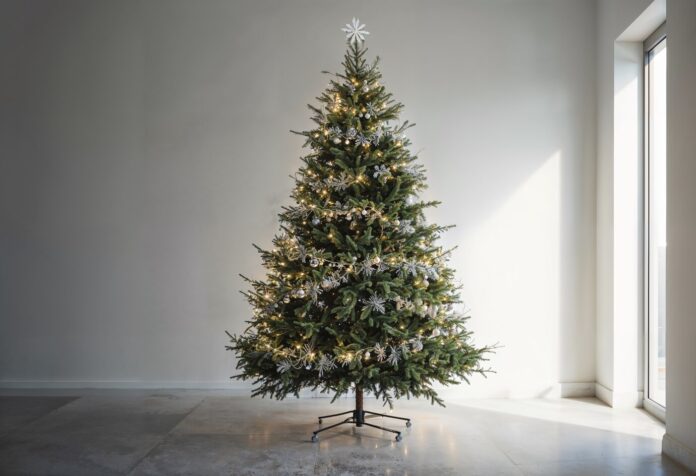Christmas is a time for family reunions and joyous celebrations, best represented by the evergreen Christmas tree.
Whether it’s a small spruce or a majestic tree dominating your living room, each adds its unique charm to the holiday spirit.
Unlike natural trees, artificial ones offer variety and have surged in popularity. This is mainly because they are built to stand the test of time.
What then happens when that once-sparkling manmade tree begins to lose its gloss? Do you just chuck it in the garbage? Surely not!
Doing right by the planet means recycling your tree, especially now that taking care of our environment has taken centre stage in today’s world.
Let’s first consider when it would be appropriate to bid farewell to your man-made tree before we get into the how.
How to Know When It’s Time to Replace Your Artificial Tree
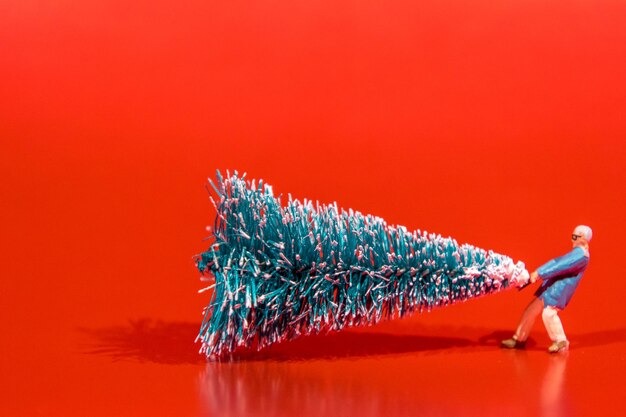
Built to last, artificial trees are kept by many for years, if not decades. Even the toughest tree will, however, show evidence of wear and tear eventually. Here are some critical signs that indicate the looming end of your tree:
- Fading or discolouration. It could be time to call it quits if your tree looks like it’s been left in the sun for too long and has lost its vibrant green colour. Artificial trees can fade with time, particularly in bright or improperly preserved environments;
- Broken or missing branches. The charm of artificial trees lies in their lushness. However, if its branches begin to fall or twist oddly, you need a replacement. A tree that’s leaning or scanty won’t live up to that perfect festive picture you desire;
- Dust and allergens. Over time, artificial trees can gather allergies and dust. Should you or a family member find more coughing, sneezing, or irritation upon bringing the tree out of storage, this could indicate that your tree has seen better days;
- Wear and tear on the stand or frame: Sometimes, the problem with the tree’s structure is not with the branches or needles. If the stand or inner frame gets damaged or shattered, your tree has a risk of becoming unstable and toppling over.
It’s likely time to think about recycling if your synthetic tree is beginning to fit the “Christmas past” category.
The Environmental Impact of Artificial Christmas Trees
Hold on before you decide to get rid of that synthetic tree. Let’s delve into the vital role that conscious recycling plays
These trees are often made of PVC (polyvinyl chloride), steel, and other elements that can’t degrade quickly in a landfill. In fact, experts say an artificial tree could take up to 500 years to decompose.
Besides, building these trees calls for a lot of resources, much of which are non-renewable. Therefore, recycling your tree will help lessen its environmental impact.
How to Recycle an Artificial Tree
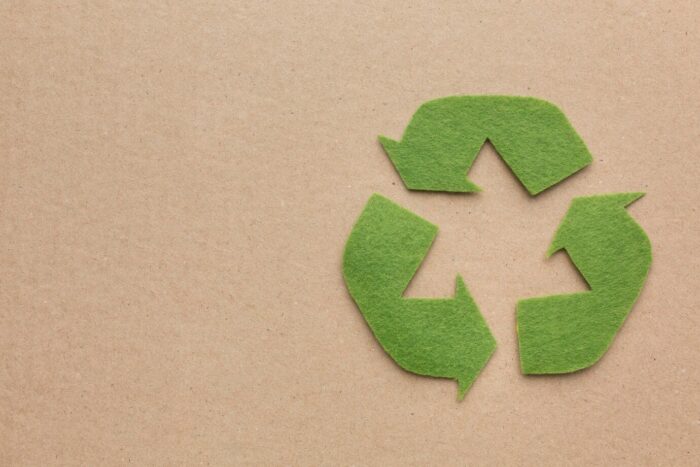
So, what’s the game plan for recycling a synthetic tree? The diverse materials in an artificial tree make the process a little tricky. Relax, as you still have plenty of choices available to you.
Check with Your Local Recycling Centre
Some have special programs for artificial trees. They can guide you to a centre that recycles mixed materials. Plus, they can help you disassemble the tree, including separating the metal frame for individual recycling.
Donate or Repurpose
Think about giving away your tree if it is still in good enough condition, but simply not what you need. A used but still presentable fake tree can be accepted at thrift stores, charities, or neighbourhood centres.
Alternatively, you can be imaginative and use parts of the tree in different ways. DIY crafts, wreaths, or garlands can be made from the branches and the frame could form the foundation for various festive decorations.
Sell or Offer It for Free
Someone could always make use of a second-hand tree. Try auctioning it online on sites like eBay or Facebook Marketplace. If your main focus is on getting rid of it fast, consider giving it for free through community groups.
Can You Recycle an Artificial Tree with Regular Plastics?
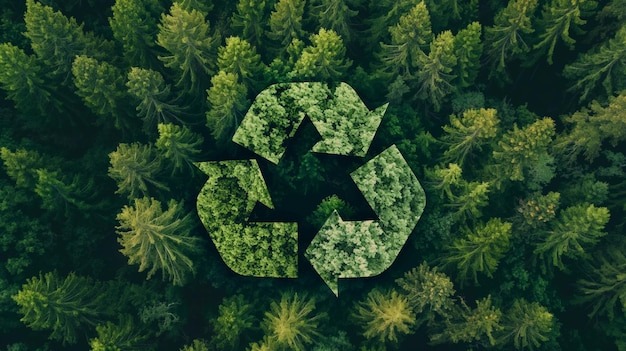
You probably think that since artificial trees are made of PVC and other plastics, you can just toss them in for recycling.
It’s not actually that simple, though. Most local recycling programs don’t take them. These synthetic trees consist of a blend of materials, with metals included, requiring a different recycling approach.
Instead, focus on finding specialised recycling programs or checking return policies with manufacturers. Also, have you ever considered what real Christmas trees symbolise?
The Rise of Small Christmas Tree Delivery Services
Small Christmas tree delivery companies are gaining popularity as people recognise the environmental impact of their choices.
These services provide live, potted trees that can be replanted following the holidays, therefore offering a green substitute for the synthetic trees. They also have the wonderful pine aroma that synthetic trees lack.
Those who live in flats or have limited space will find these services perfect. A tiny tree can deliver all the festive cheer without requiring much room.
Admit it. There’s still beauty in a nice small tree sitting on a coffee table or in a snug corner. Going green this Christmas is quite easy thanks to many businesses providing delivery and pick-up options.
Choosing a small, real tree each year is a step towards making an eco-friendly choice. This helps avoid the environmental impact associated with synthetic trees. It’s a win-win for both you and our planet.
What Happens to Artificial Trees That Aren’t Recycled?
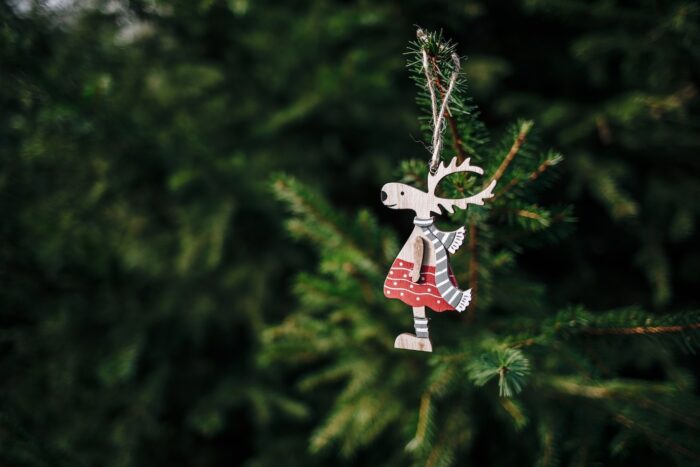
The answer is not great if you are wondering what happens to artificial trees that wind up in landfills.
Let’s look at a few facts about these trees. They are made of PVC material, which sadly doesn’t degrade quickly. This means it could sit in a landfill for ages, all the while leaking harmful substances back into the soil.
Another concern is the metal elements that pose persistent threats to our environment.
Recycling each tree helps us reduce waste that would otherwise go to landfills, contributing to the growing plastic pollution crisis.
As the festive season approaches, it’s time to evaluate your tree choice responsibly. If your artificial tree is showing wear, consider recycling it instead of discarding it.
When shopping for a new tree, explore small Christmas tree delivery services. These eco-friendly businesses offer cute live, potted trees that can be replanted after the holidays, providing a sustainable celebration.
Ultimately, the joy of Christmas is about the memories we make, not just the type of tree we pick. Let us join hands to create a green Merry Christmas for future generations.

